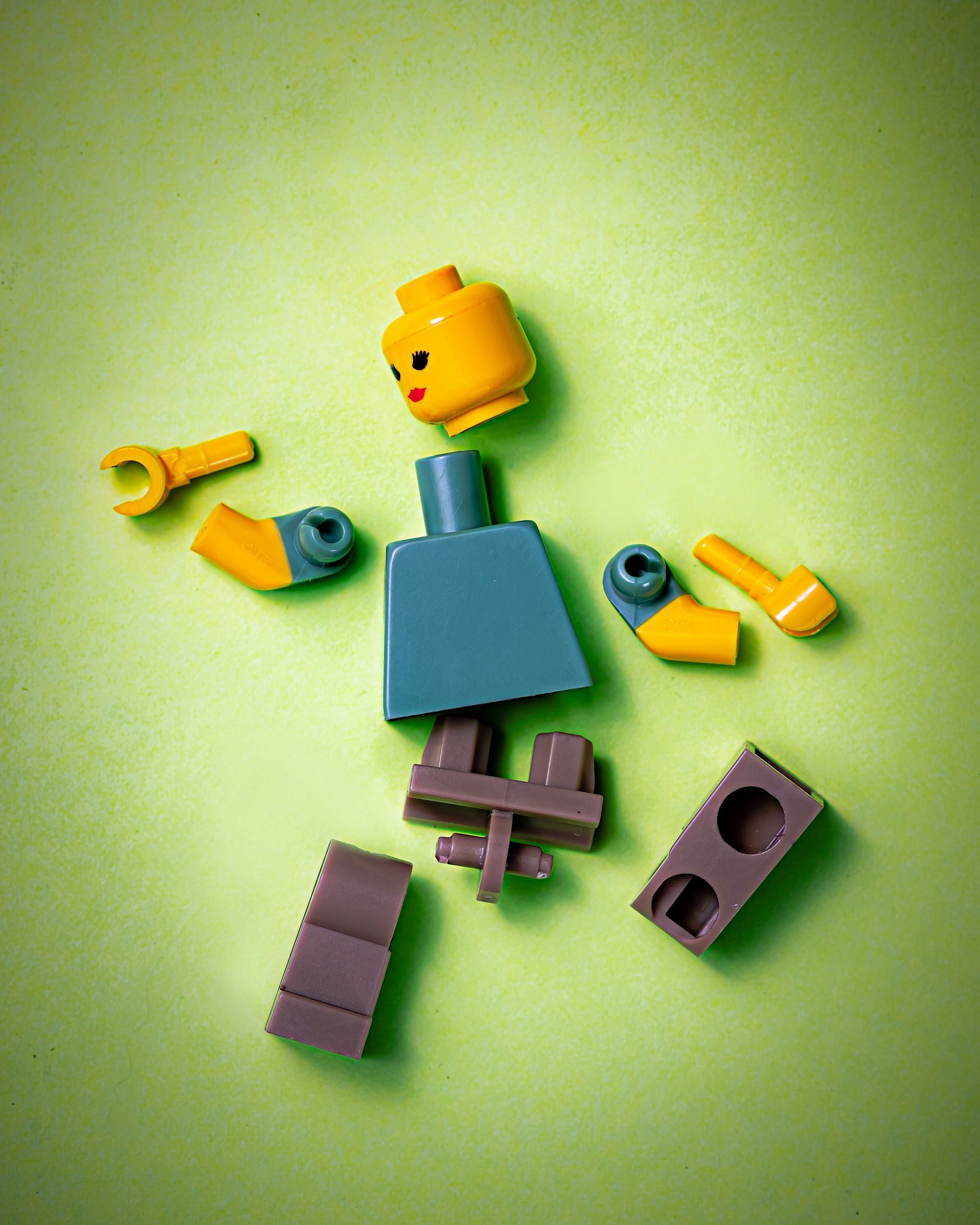When it comes to divorce, the traditional route of litigation has long been the standard. Here's the playbook: Each party hires a lawyer and immediately spends thousands of dollars to have them perform tasks that you and your spouse can do between the two of you, privately and with little disruption. Conversations come to a halt and you each pay a lawyer and often a paralegal to communicate with your partner and to ask you to send over financial documents that you have collected and dealt with for years but they are now in control of. Instead of you and your spouse talking about how you want to divide your assets, you pay other people to do it and report back to you. Even when you are in agreement, you are paying other parties to memorialize it. And, let's be real-- in many cases, the lawyers involvement actually causes conflict that never existed between the parties. Before you lawyer up, let's talk about whether you and your spouse are a good fit for an efficient and amicable way to end your marriage.
Understanding A Traditional Litigated Divorce
Traditional litigated divorces involve a lengthy, time-consuming process that is driven by the legal professionals--the lawyers and the Court. From the minute you file your divorce, one of you (usually first to file) will be the Petitioner and the other will be the Respondent and it has an immediate adversarial tone. Couples often spend significant amounts of time communicating through third parties about their assets, needs, entitlements, and family-related matters. This information exchange is not only tedious (it's the ultimate game of telephone) but it takes the resolution of your case out of your control when it doesn't need to be that way. A litigated divorce (where the parties are called Petitioner and Respondent) tells the court that the Parties require judicial involvement for them to separate their assets and/or determine their time and rights with their children.
In a litigated divorce, almost everything is uncertain except that you will be paying a legal professional a significant amount of your marital funds to divorce you properly, regardless of your assets or co-parenting situation. In a litigated divorce, you might find yourself waiting for months, or even years, before your divorce is finalized only to find that the judge got it wrong and their decision must be appealed to fix it. In a litigated divorce, you might find yourself embroiled in conflict for no good reason while attorney fees mount. There are court delays, combined with attorney schedule conflicts, and delays that prolong the process. It's a stressful, drawn-out ordeal that leave couples feeling out of control and frustrated. It's the basis for the adage: only the attorneys benefit from the divorce.
Enter the Evolved Divorce
An Evolved Divorce, on the other hand, is a breath of fresh air. It's a more modern, client-focused approach to divorce resolution. At its core, an Evolved Divorce is all about you and your partner ending your relationship in a respectful, collaborative, and transparent process. Instead of paying two attorneys to manage every aspect of your divorce to resolve your property division and draft up your parenting agreements, you and your spouse control the entire process in an uncontested divorce. The process is led by mediator Tia Zavaras.
Key Features of an Evolved Divorce
- Creating Your Agreements: One of the core features of an Evolved Divorce is that you and your spouse are responsible for creating your divorce agreement and, if you have children, your parenting agreement. This puts you in the driver's seat, allowing you to determine the terms that work best for you and your family. When you work with Evolved Law, your agreements are drafted and edited and collaborated between the parties safely. Evolved Law uses cutting edge technology that is geared to ease the stress of information collection for both parties. Once you have compiled your information, Evolved Law will prepare your agreements and you can have them reviewed by your own attorney.
- Efficiency and Control: With control over the process, you can be more efficient. While it may take some effort to reach agreements initially, you don't have to do it alone at the kitchen table. Tia will take you through each step and if you get stuck on an issue, she can help coach and mediate you through it without turning over the decision to a judge. Mediators help facilitate productive discussions to ensure a fair resolution. The result? A more efficient, faster divorce process.
- Voluntary and Client-Controlled: An Evolved Divorce is entirely voluntary and client-controlled. You won't agree to anything you're uncomfortable with, and you won't feel pressured to ever sign something until you have had an attorney review it. It's a flexible and client-centric approach.
- Swift Resolution: In some cases, you can finalize your divorce in just over three months, depending on your location. This is a stark contrast to the potentially years-long process of a traditional litigated divorce.
- Cost-Efficient: Many couples only hire a lawyer to review their final agreements or for discreet advice since the mediator can not give legal advice. This can save tens of thousands of dollars and result in a divorce that takes a third of the time to resolve.
Why Choose Evolved Law?
For those who want to be a part of a ground-breaking and industry shifting process that puts the client back in control of their divorce, this process is for you. For those who have worked with Tia Zavaras before, you understand why her cases get resolved and the magic she and her team bring to the process. When you work with Evolved Law, you are making a conscious choice for a more amicable alternative to traditional divorce. It is an acknowledgment of the mutual difficulty that arises with all divorces but removes the narrative of the "good" or "bad" guy/gal in the process. It is a desire to separate the "business of divorce" from the emotions so that your marital funds aren't spent paying attorneys who have no motivation to resolve your case quickly or amicable.
The Evolved Divorce is efficient- both parties are given access to cutting edge secured technology that is geared to promote ease and transparency during the required financial disclosure process. Instead of working with a lawyer and their paralegal to explain and complete your financial disclosures, you may only hire a lawyer to review them once you have completed them. If you agree (or are close to agreeing) on how you are splitting up your assets, then Evolved Law creates your complete divorce paperwork and recommends that each party has their own separate attorney review it on their behalf. Instead of the attorney controlling the receipt and distribution of information, the spouses control it, as it should be. If the spouses get stuck, then the mediator will assist the couple to get it resolved between them. In the meantime, you don't have one or more law firms spending your money to obtain information that you and your spouse already have.
The Evolved Divorce was created by family law attorney, mediator, and divorce coach Tia Zavaras to reduce the unnecessary suffering that she saw created through the litigated divorce process. She started her career as a civil attorney and came to family law already a seasoned litigator. Tia observed how the old divorce business model only benefited the law firm owners who rewarded their young (and seasoned) attorneys for going to trial instead of settling their cases. After nearly two decades as an attorney, Tia knows that most good attorneys can settle almost any case without a trial and she's proven it over her entire career as a family law attorney. In 2022, determined to disrupt the industry by helping better she launched a truly evolved firm and began taking clients down a road that promoted peace instead of conflict.
If you have questions or want to learn more about this innovative approach, feel free to contact us for personalized guidance.











